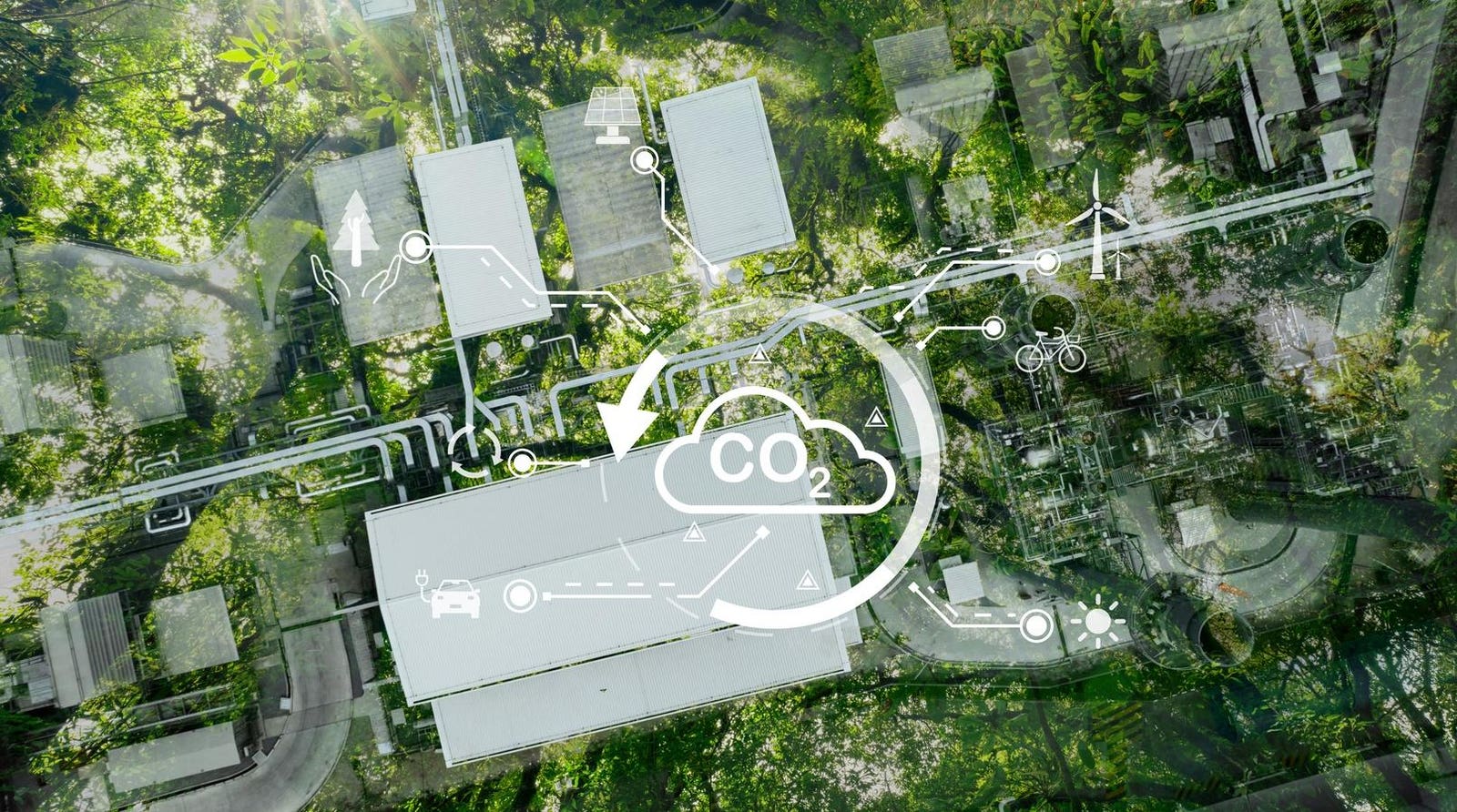Sustainable practices for carbon reduction
Carbon capture sounds like climate alchemy especially because in the crude sense of the technology, it pulls CO₂ out of thin air, and neutralize decades of emissions. It does present it self as a bold promise, but does it deliver, or distract? Carbon Capture and Storage and Direct Air Capture are the two main pathways under the broader umbrella of Carbon Dioxide Removal. While both aim to reduce atmospheric carbon, they differ significantly in method, scalability, as well as credibility. CCS captures CO₂ directly at the point of emission which is usually from industrial or fossil fuel plants right before it enters the atmosphere. The gas is then compressed and stored underground. While DAC, on the other hand, uses machines to pull carbon dioxide directly from ambient air, independent of industrial processes. This method, though conceptually appealing, is also energy-intensive and costly.
Carbon Capture Costs And Current Global Capacity
According to the International Energy Agency 2023 report on Carbon Capture, global capacity for CCS is about 50 million tons of CO₂ per year, a mere fraction of global emissions. According to another IEA report in 2025, the International Energy Agency, energy-related CO₂ emissions rose by 0.8 % in 2024, reaching a record 37.8 gigatons. This increase pushed atmospheric concentrations to 422.5 parts per million which is around 50% higher than pre-industrial levels. Emissions from fuel combustion grew slightly, while those from industrial processes declined. Importantly, emissions rose at a slower pace than global GDP, signaling a return to the long-term trend of decoupling economic growth from emissions. A simple calculation was done and it shows that with a global carbon capture capacity of 50 million tons per year and annual energy-related emissions at 37.8 gigatons, current CCS efforts remove only about 0.13 percent of emissions, highlighting just how limited their impact is at present.
According to a 2022 ScienceDirect article, direct air capture remains financially out of reach for most large-scale climate strategies, with current costs ranging from $264 to $1,000 per ton of CO₂ removed depending on the technology and energy source. Industry leaders like Climeworks have also reported costs between $600 and $1,000 per ton. Driving these costs down will require major advancements in three critical areas: air contactors, sorbents, and regeneration systems. With targeted innovation and policy support, future capture costs could fall to between $100 and $200 per ton. However, for DAC to make a meaningful impact, it must reach gigaton-scale removal at costs below $100 per ton by 2050.
Why Big Tech and Big Oil Are Betting on Carbon Capture
According to a 2024 Newsweek report, tech giants like Microsoft, Alphabet, Meta, and Salesforce are aggressively investing in carbon dioxide removal technologies to meet their net-zero targets and hedge against future climate risks. From backing nature-based reforestation to cutting-edge direct air capture systems like Climeworks’ Mammoth plant in Iceland, these companies are deploying their capital to accelerate the scale-up of CDR solutions. The drivers are threefold: pressure to decarbonize amidst AI-driven energy demand, alignment with their innovation culture, and access to the financial resources needed to push nascent technologies to commercialization. Experts and tech leaders agree that early investment today is crucial to building a viable carbon removal infrastructure that can help offset hard-to-abate emissions and deliver on long-term climate goals.
According to a 2024 CNBC article, oil and gas giants such as ExxonMobil, Chevron, Baker Hughes, and SLB are aggressively investing in carbon capture and storage, positioning it as a cornerstone strategy to decarbonize hard-to-abate sectors like cement and steel. Backed by billions in private capital and $12 billion in U.S. federal funding, these companies are expanding CCS infrastructure across the Gulf Coast, with Chevron’s Bayou Bend and Exxon’s recent $5 billion acquisition of Denbury serving as flagship moves. While the technology remains expensive and logistically complex, Big Oil sees CCS as both a business opportunity and a bridge to net-zero, though critics caution it must not become a license to prolong fossil fuel dependency.
The Role Of Carbon Capture In Real Climate Solutions
Carbon capture should not be seen as a license to pollute but neither should it be dismissed outright. The technology, while still costly and logistically complex, holds real promise, particularly for sectors like steel, cement, and chemicals where decarbonization remains technically difficult. When used strategically and transparently, carbon removal can complement, not replace, ambitious emissions reductions.
However, overreliance on engineered removals without slashing emissions at the source risks turning a climate solution into a climate distraction. Questions around permanence, leakage, and long-term liability remain unresolved. Without clear policy guardrails, independent verification, and ethical use, carbon capture risks becoming a shell game, boosting ESG optics while emissions continue unchecked.
So is it science or strategy? The answer depends on how it is deployed. For the United States, the path forward requires balance: support targeted carbon capture in hard-to-abate sectors, but tie that support to aggressive emissions caps, clean energy investment, and full transparency. For island nations like Jamaica, where energy footprints are smaller and vulnerabilities higher, investment in nature-based solutions, resilient infrastructure, and renewables may offer the most climate and economic impact per dollar spent. The technology is real. The potential is real and what matters most now is intent, oversight, and ensuring carbon removal plays a supporting, not starring, role in our climate strategy.









